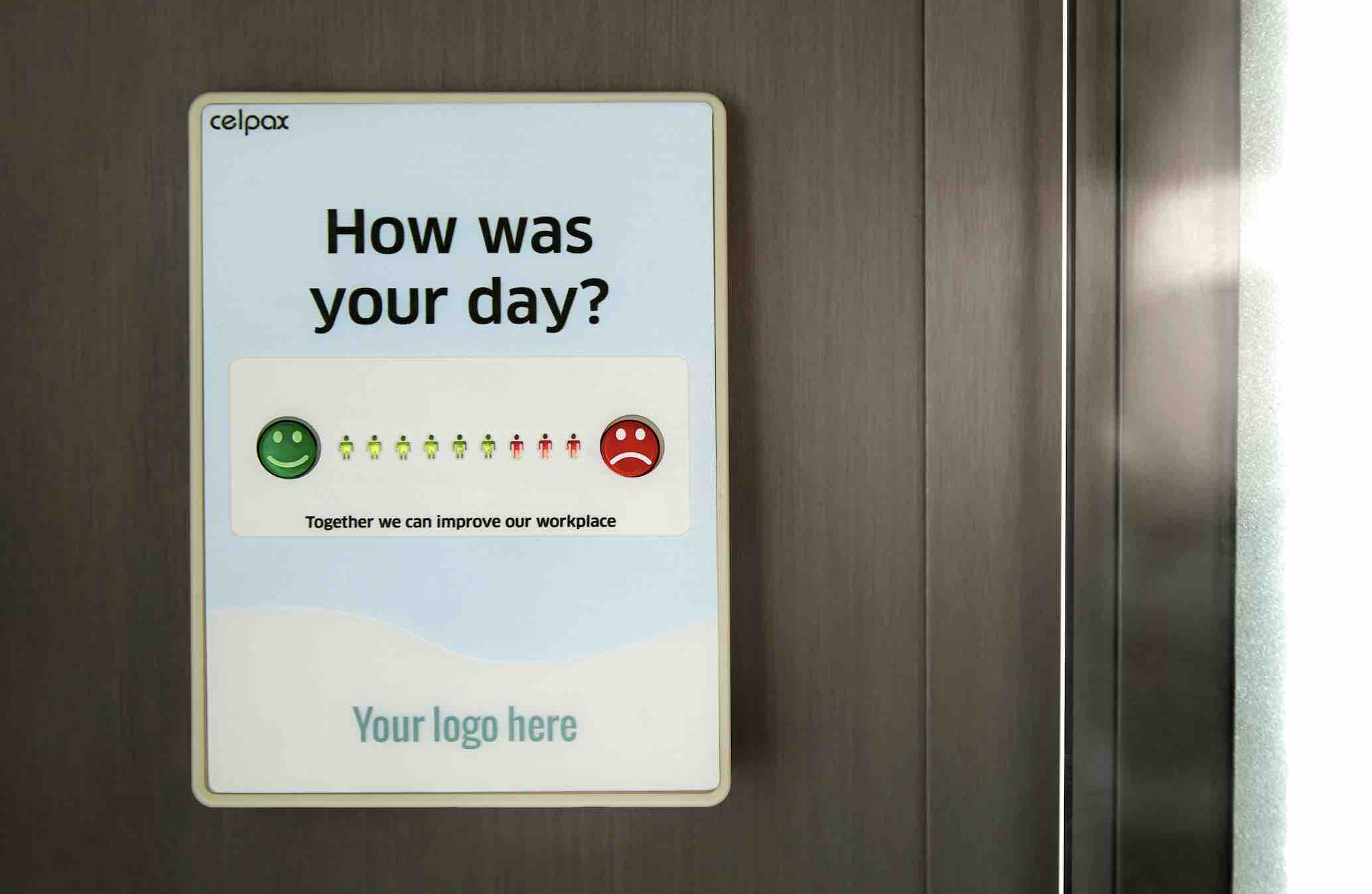Bias is all around us. It can be good or bad, but when there is a goal to present how the world looks, a neutral standpoint is needed.
With most research, a key objective is to unravel the truth. Emma Jones from our UX Research team recognises that there are many factors that can influence and skew our judgement but these can be mitigated by being aware and questioning our own assumptions.
Emma recognises that bias is ingrained in all of us. Emma says, “It doesn’t make you a bad person. It all started from when you were born, to how you were brought up to the people you hang out with and the wider communities that you become a part of. This gives us a good place to start where we own up and willing to admit that we have biases.”
The way we look at the world affects our judgment. For instance, it was reported that cats who fall from six stories, and still alive, have more injuries than cats who fall from higher buildings. The most likely, but somber, explanation is that cats that have died are not taken to the vets. This means the data is not captured.
Emma believes that challenging our assumptions is the key role for any research, “When walking into the client space, it is my role to challenge. People have a firm view of the way they see the world of how something behaves. When you build up a hypothesis around a brief, you can test what fits and be able to see what is happening. I would say for any research project to be successful the ability to be open and accept that the mindset is going to be challenged presents the key building blocks.”
Two Types Of Bias To Be Aware Of
Awareness of the presence of assumptions is important. However, not everyone is aware they have their own bias and prejudices. This is something that Emma sees as tricky, “If someone doesn’t know they exist, it can impact behaviour. For me, it can destroy the entire research process if bias assumptions are getting the way. This way you will never find the truth.”
Let’s highlight two assumptions that Emma has recognised as affecting the precision of research results.
The first is observer expectations. This is how verbal or non-verbal behaviour influences how others act. Emma says, “People are fantastic at registering non-verbal cues. It could be asking a question with a thumbs up, the pitch of a person’s voice, or a person at the front of the room nodding to everyone else. The cues made may not seem natural, but there to lead people. The neutrality of people’s behaviour is critical.
The second is confirmation bias or information that ties in with your pre-existing opinions. Emma states, “When you have lots of data and insight, it is easy to interpret in a way that fits your assumptions. The data is agreeing with what you think. This can hamper the validity of research projects. It is important to recognise that the ultimate goal of the research isn’t to affirm what is already known, but to pay attention to the user.”
Emma stands by the importance of working on a level playing field. “Research is a way to change behaviour for the better and challenge working assumptions. For instance, working with a client they presumed that the call to action centred on the website resulted in traffic to their website was very little visits. However, these can become lightbulb moments for companies to adjust. I am a firm believer in questions continually being asked and being able to test hypotheses.
How Can Bias Be Addressed?
 Challenging the mindset and getting to a place of truth is the ultimate goal, but it is wrong to think that every piece of research doesn’t have a bias to address. How can it be controlled and we step aside from our assumptions?
Challenging the mindset and getting to a place of truth is the ultimate goal, but it is wrong to think that every piece of research doesn’t have a bias to address. How can it be controlled and we step aside from our assumptions?
Emma recognises the importance to pose questions carefully and allow respondents to respond clearly and concisely. If a research project is on the horizon or something you are about to become invested in, be open-minded.
Here are some thoughts. “There is no right or wrong answer, there always has to be a response from a true point of view. A researcher’s role is to observe and be honest with everyone participating.”
“Imagine you are part of a conversation. You will never find momentum or get to know someone if there isn’t a sense of rapport and variety in dialogue. It’s a case of knowing when the cues are to interact and the listen. This is true for a researcher you have to ask the questions at the right time and aware of the sources of bias that can appear.”
The All-Round Reward
When undertaking a research project stepping aside from our own beliefs is a difficult process to make, but it can be done.
Removing bias means reflecting the trust and stating the facts, whether they are right or wrong is someone’s eyes.
Emma concludes, “Bias is everywhere and will be here until the end of time. The opportunity is to dig deep with others and share a neutral perspective. What happens is that everyone can then stand back and look at where everything started and the conclusions that were drawn. That can be an extremely empowering process.”
Everyone has challenges and hurdles to get over when it comes to their perspectives and belief system, be open and see how the world looks like.

